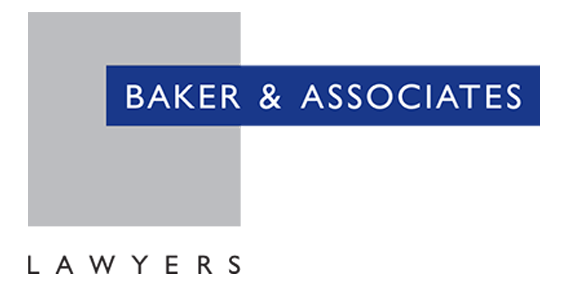When property owners claim they found defects in the construction or remodel of their home, it is common for them to try to hold the contractor liable to repair them.
However, the builders are not the only parties who could be responsible for a construction defect. Property owners might also try to blame the architect. Architecture firms must prepare for this risk, but they also must be aware: when could they face legal action over a construction dispute?
IT TYPICALLY DEPENDS ON THE CONTRACT
It is important to note that the architect’s liability for construction defects often depends on the contract. Since written contracts are required in California for construction projects, there will be a written record of the architect’s responsibilities – whether between the owner and the architect or the contractor and the architect. The contract should define the architect’s scope of work and responsibilities regarding a particular project, such as:
- The timeline and procedure of the project;
- What services the architect must provide; and
- The process for payment.
SO, WHEN COULD ARCHITECTS FACE LIABILITY?
If the contract lacks an outline of an architect’s responsibilities or liability, architecture firms could face legal issues stemming from:
- The design itself;
- Failure to find defects during inspections; or
- Noncompliance with the city or state codes.
Essentially, if a defect results from architects failing to fulfill the responsibilities specified in the contract, then they could face liability. Even if there are no errors in the design, any issues pertaining to the architect’s responsibilities could lead to possible claims.
Like any construction defect case, issues in the design or other concerns might not appear until later, i.e., “latent defects.” Architecture firms should ensure they keep careful documentation of their designs, inspections and any issues of note from each project. Firms should also consult an experienced attorney to protect their best interests and minimize the risks they face.

